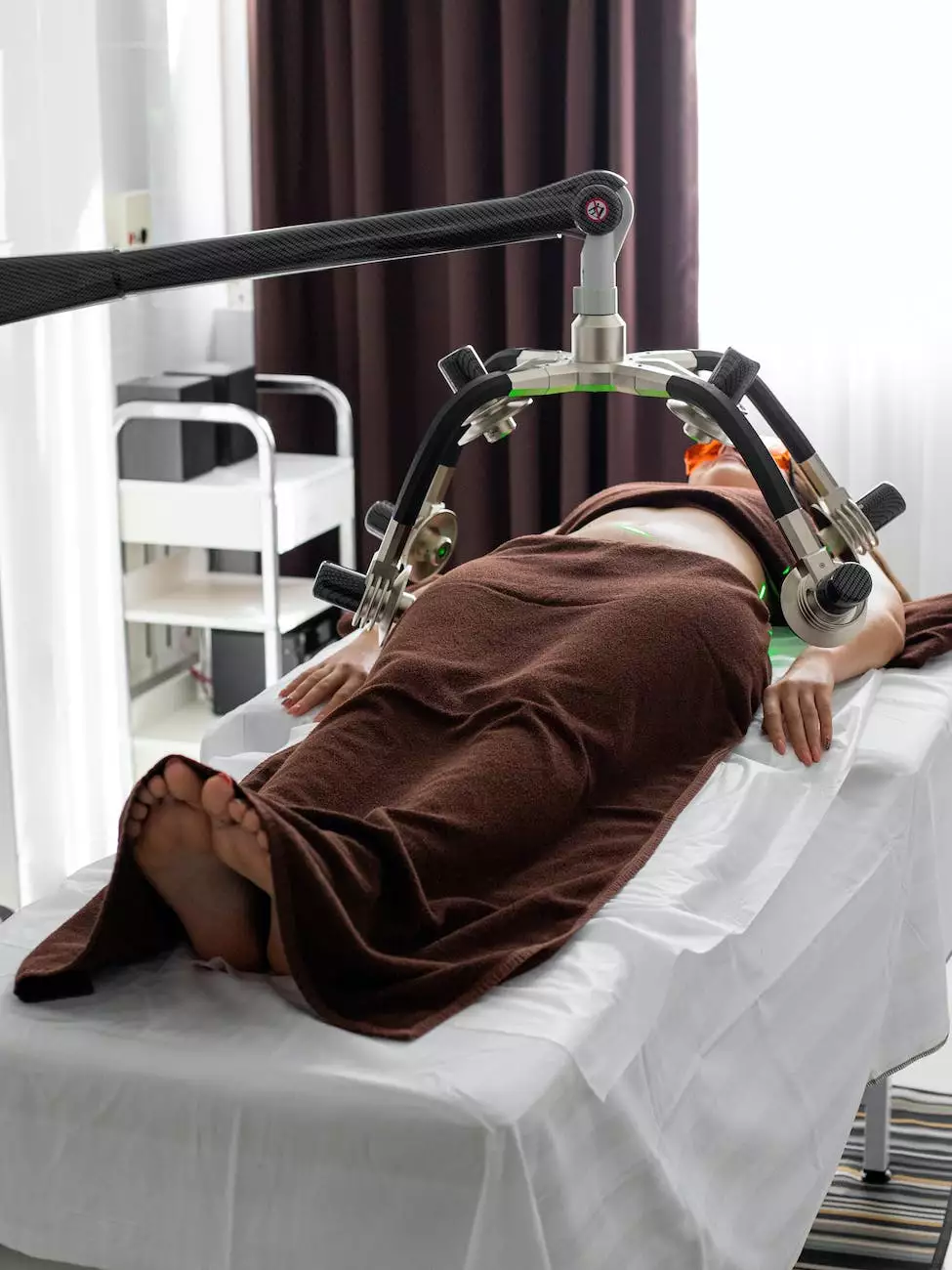Common Causes of Spondylolisthesis and What They Mean for Your Body
Back Pain
Introduction
Spondylolisthesis is a condition that occurs when a vertebra slips forward or backward out of its original position, causing pain and discomfort. At Back 2 Life Chiropractic, we understand the importance of understanding the root causes of spondylolisthesis to provide the most effective treatment. In this article, we will explore the common causes of spondylolisthesis and how they can impact your body.
1. Congenital Spondylolisthesis
Congenital spondylolisthesis is a condition that is present at birth. It occurs when there is a defect or abnormality in the formation of the spine, leading to instability and the potential for slippage. This type of spondylolisthesis is commonly found in children and adolescents, and early diagnosis is crucial for appropriate treatment.
2. Isthmic Spondylolisthesis
Isthmic spondylolisthesis is caused by a stress fracture in the pars interarticularis, a small section of bone that connects the upper and lower portions of a vertebra. This fracture can be the result of repetitive stress or trauma to the spine, such as heavy weightlifting or contact sports. Understanding the activities or lifestyle factors that contribute to isthmic spondylolisthesis can help prevent further slippage and manage symptoms effectively.
3. Degenerative Spondylolisthesis
Degenerative spondylolisthesis occurs as a result of aging and the natural wear and tear on the spine. It most commonly affects individuals over the age of 50 and is often associated with conditions such as arthritis and spinal stenosis. Understanding the degenerative processes that lead to spondylolisthesis can help individuals make informed decisions about their treatment options and lifestyle modifications.
4. Traumatic Spondylolisthesis
Traumatic spondylolisthesis is caused by a severe injury or trauma to the spine, such as a car accident or a fall. This type of spondylolisthesis is often accompanied by other spinal injuries and requires immediate medical attention. Understanding the impact of trauma on the spine and the potential for spondylolisthesis can assist in early diagnosis and appropriate treatment.
5. Pathological Spondylolisthesis
Pathological spondylolisthesis is caused by an underlying disease or condition that weakens the spine, making it more susceptible to slippage. Conditions such as osteoporosis, tumors, and spinal infections can lead to pathological spondylolisthesis. Recognizing the connection between these conditions and spondylolisthesis is crucial for diagnosis and targeted treatment.
Conclusion
Understanding the common causes of spondylolisthesis is essential for both prevention and treatment. Whether it is congenital, isthmic, degenerative, traumatic, or pathological, each type of spondylolisthesis requires individualized care and attention. At Back 2 Life Chiropractic, our team of experts is dedicated to providing comprehensive information and personalized treatment plans to help you find relief from the pain and discomfort associated with spondylolisthesis.
Remember, early diagnosis, proper management, and a proactive approach to your spinal health are the keys to a pain-free life. Contact Back 2 Life Chiropractic today to schedule a consultation and take the first step towards reclaiming your wellbeing.










